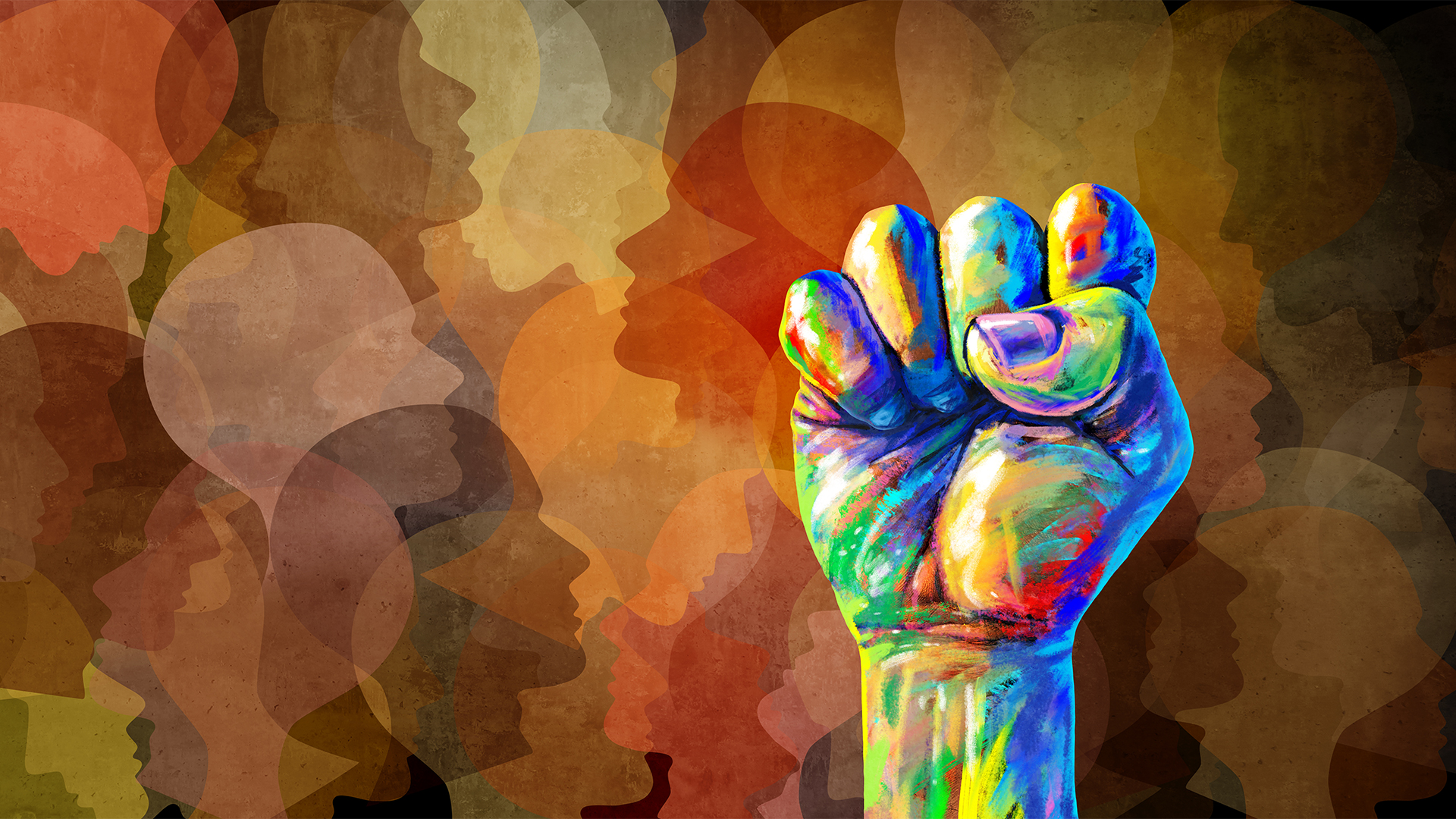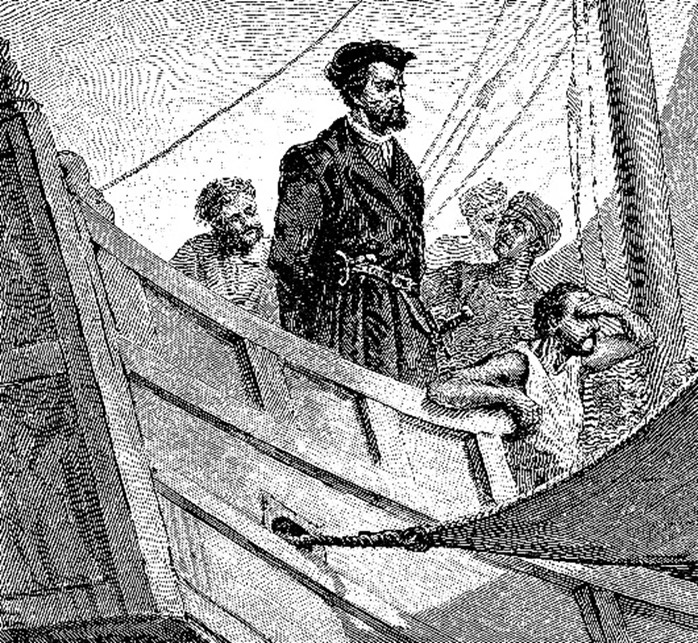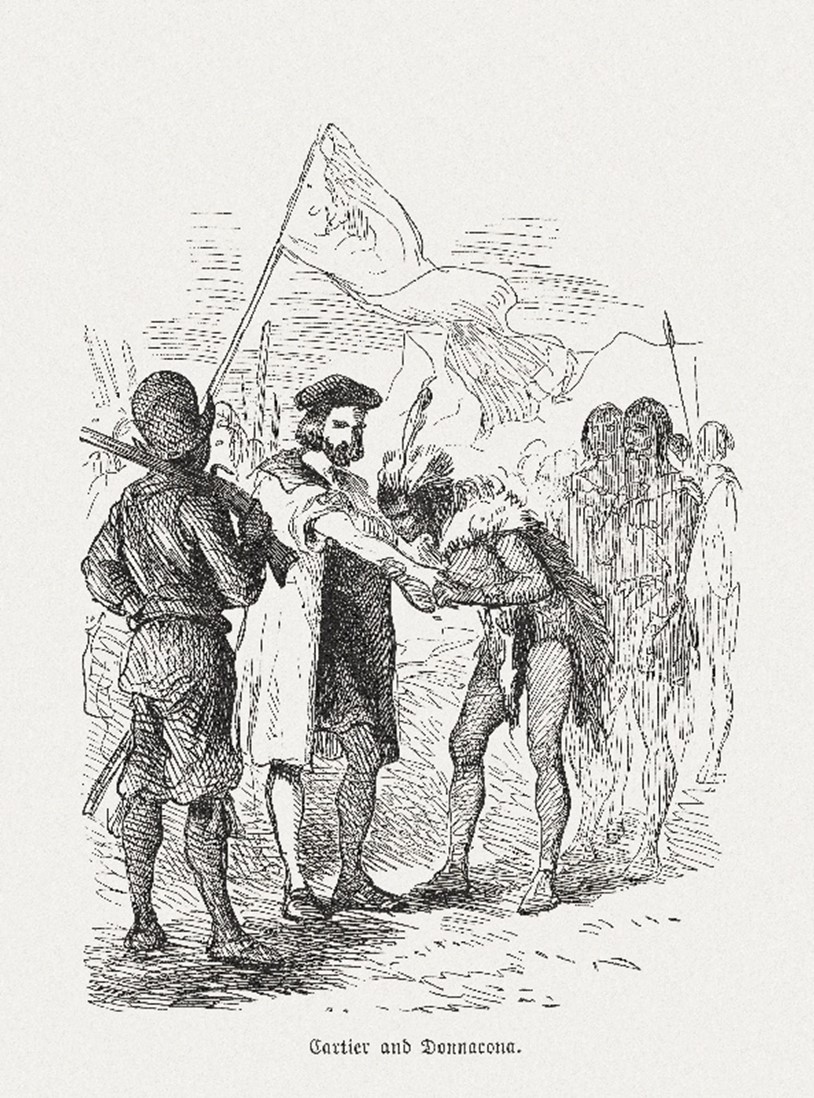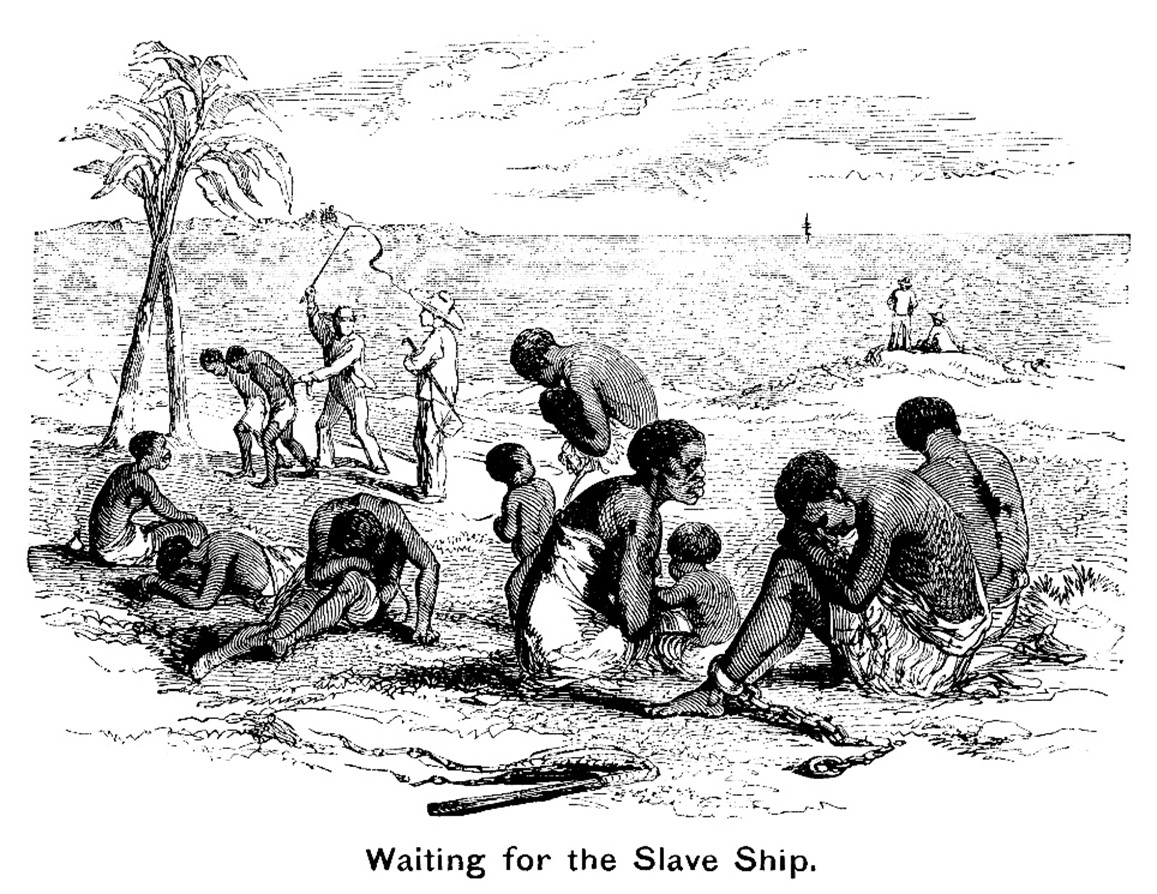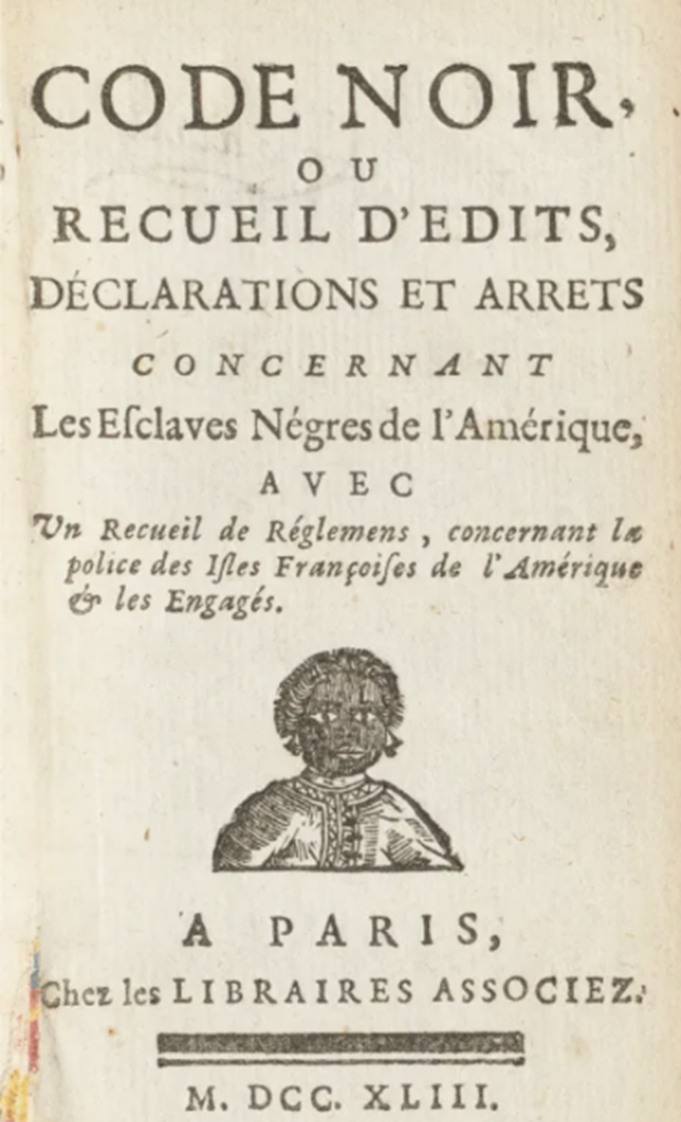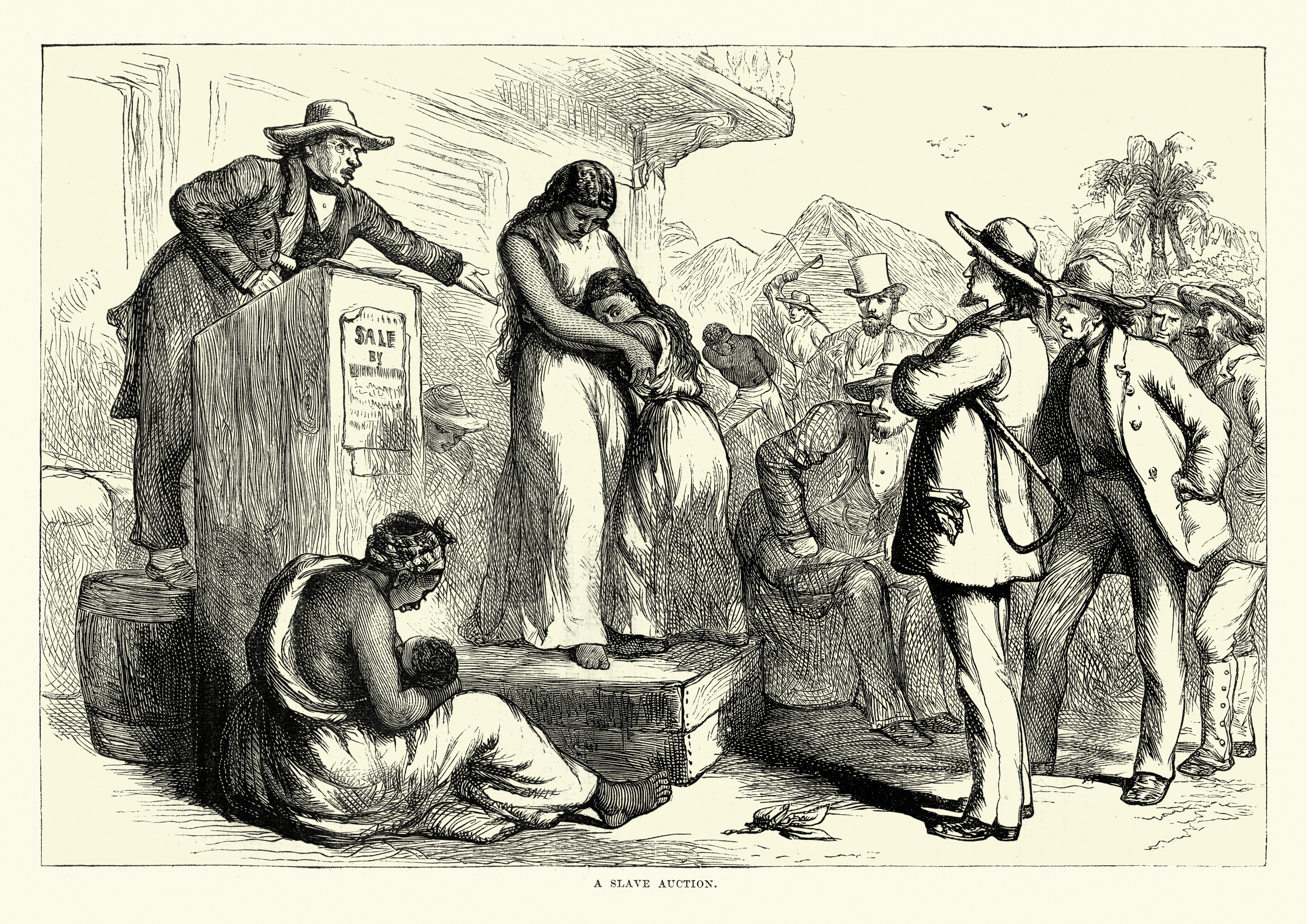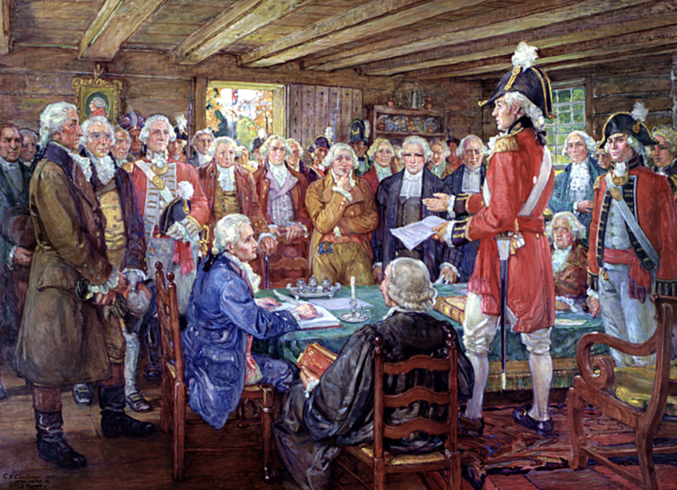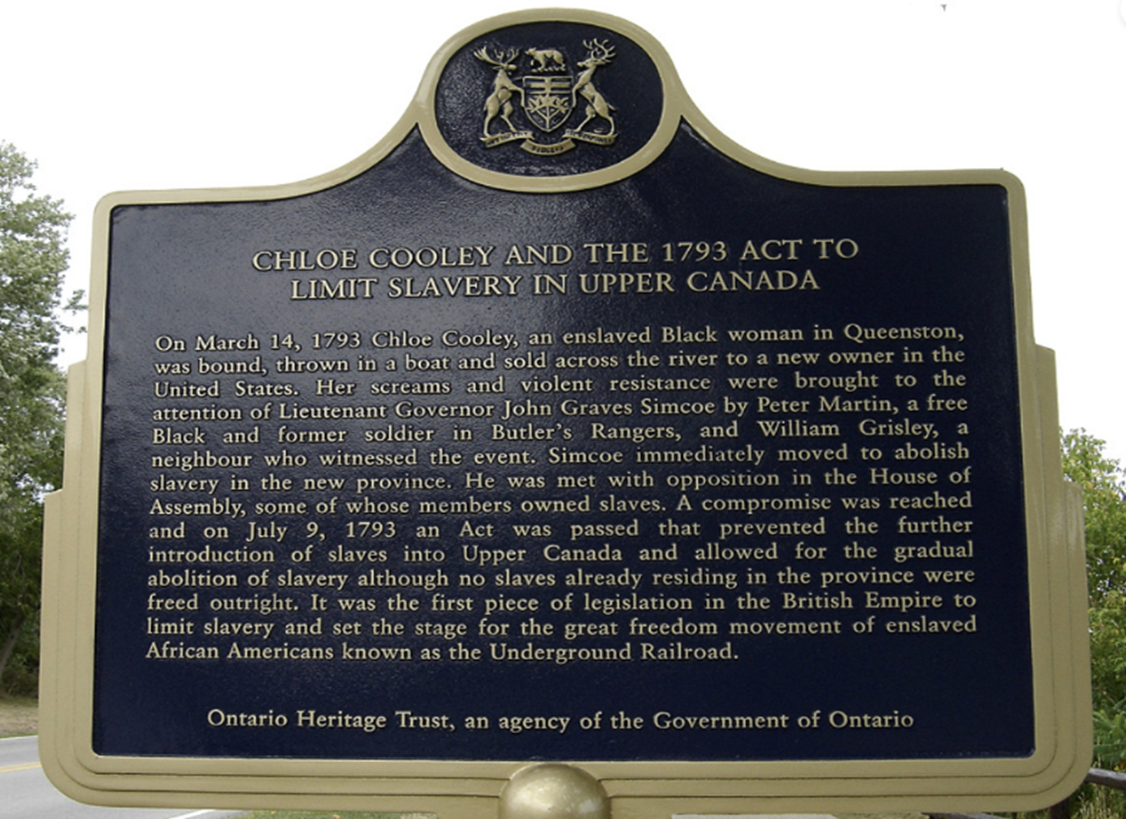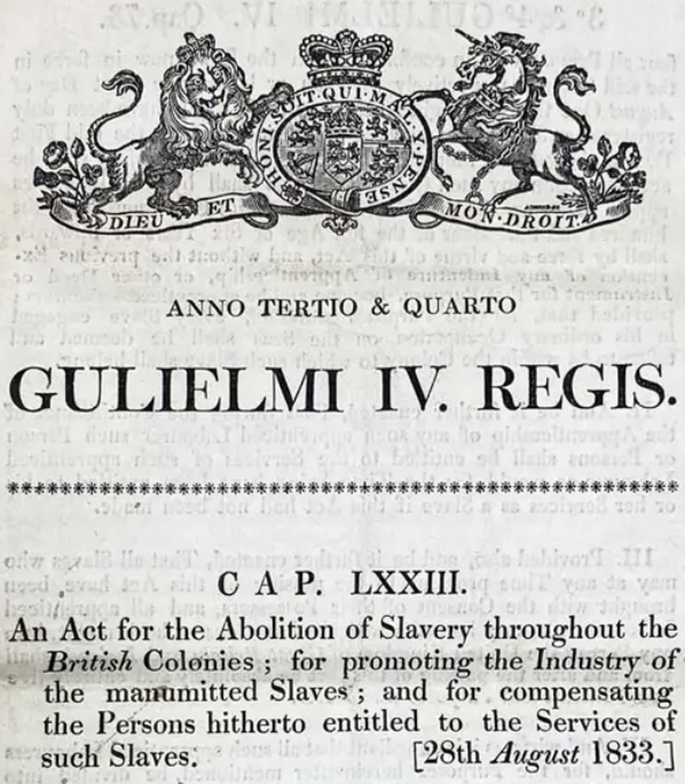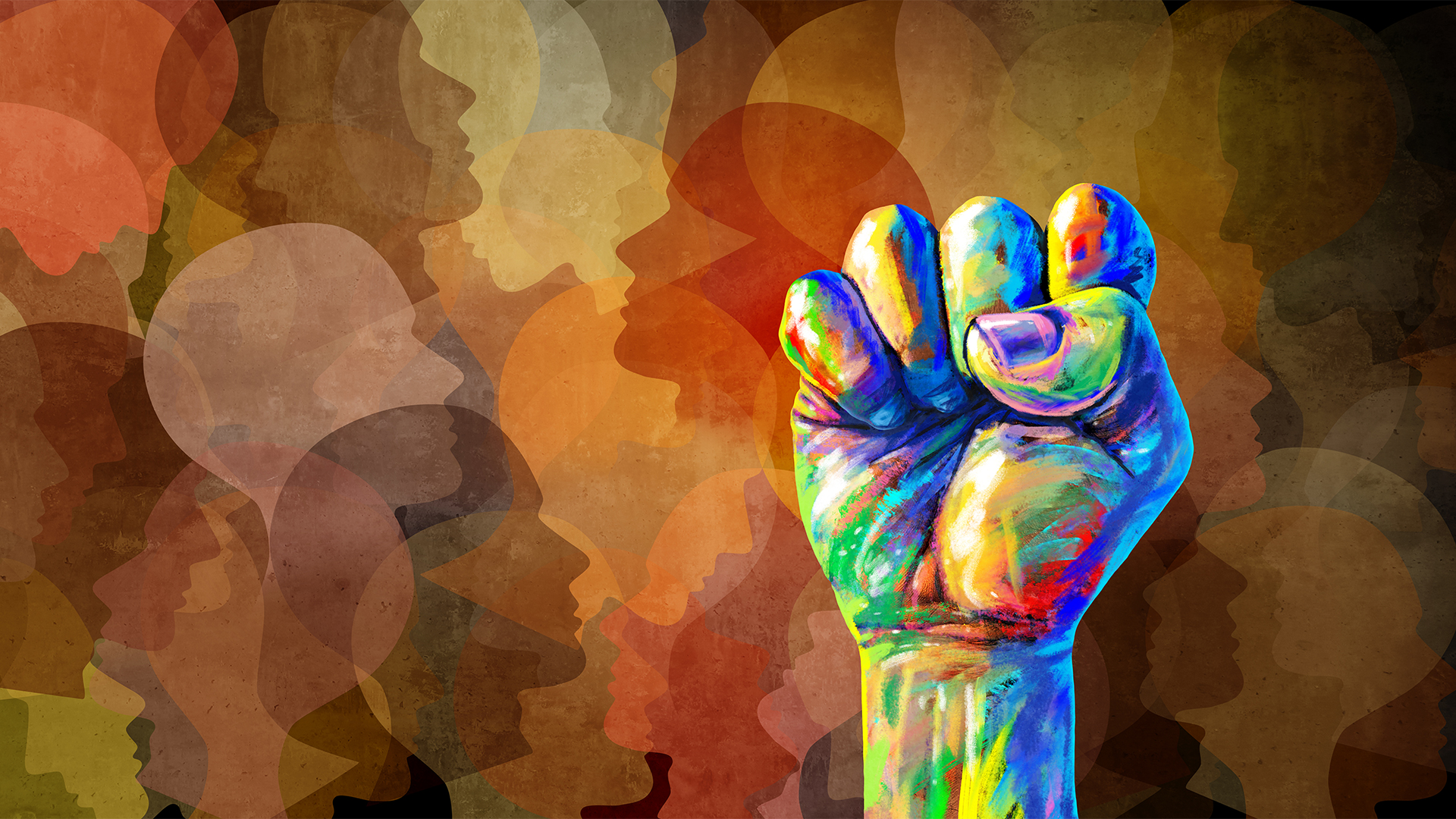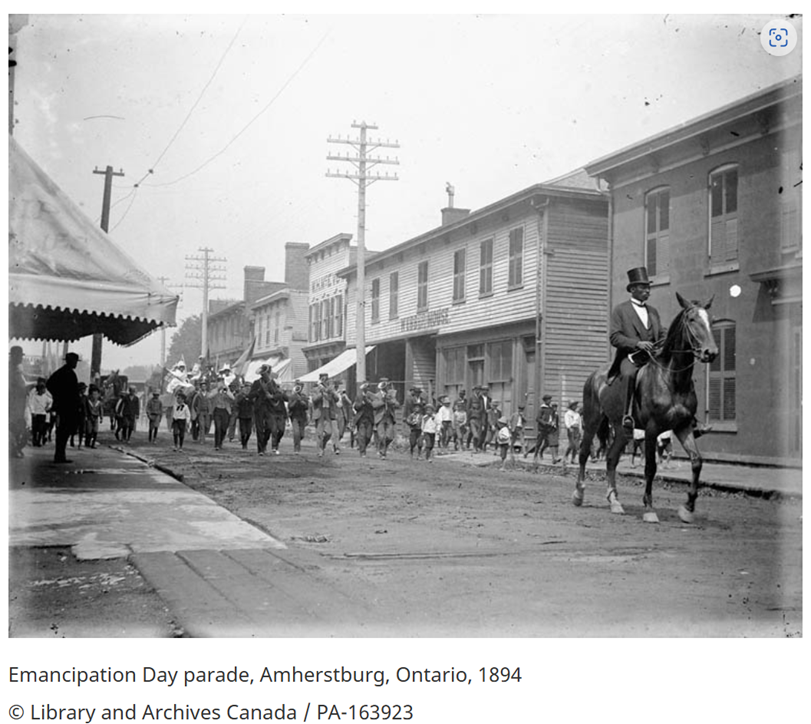Emancipation Day
Why recognizing Emancipation Day is important?
The effects of slavery and racial discrimination, continue to affect Indigenous and Black Peoples in Canada. Emancipation Day is a time to celebrate the strength and resilience of Indigenous and Black communities. It is also a time to reflect on the work that still needs to be done. All Canadians can help take action to build a more equitable future for everyone.
Note on language
Language shapes our understandings of history, and for this reason, there is an ongoing debate around the terms used to describe enslavement and those involved in it. At the center of this discussion are two sets of terms: enslavement, enslaved person, and enslaver versus slavery, slave, and slave owner.
Many journalists, authors, historians, and educators, choose one set of terms over the other, while others use both sets intentionally. Terms like enslaved person, enslavement, and enslaver emphasize that slavery was a condition violently imposed upon individuals by others. This language is used to center the humanity of those subjected to enslavement and to highlight the active role of those who maintained this oppressive system.
Conversely, slave, slavery, and slave owner, remain terms which are widely recognized and are often seen as more direct and rooted in history. Some also argue that the term enslaved person denotes a level of agency that slaves did not have.
Sources:
History of enslavement in Canada
Photo: ©Canada Post Corporation, 2025. Reproduced with permission.
Photo: Chloe Cooley and the 1793 Act to Limit Slaver in Upper Canda – Ontario Heritage Trust Plaque. Source: Ontario Ministry of Public and Business Service Delivery. Reproduced with permission.
Photo: Emancipation Day parade, Amherstburg, ON, 1894 Source: Library and Archives Canada/Andrew Audubon Merrilees fonds/a163923
From the early 1600s to 1838, the labour of enslaved people was used by settlers to build societies in Lower Canada and New France. Indigenous people were first to be enslaved. Later, Africans were brought to Canada through the transatlantic slave trade. Enslaved people worked in many roles. They served as domestic servants, agricultural workers, millers, labourers at universities, miners, fishermen, and laundresses. Their labour helped increase the wealth of prominent settlers and fueled economic growth.
Enslaved people were stripped of their rights, treated as property, given European names, forced to abandon their cultures, faiths, and languages. They were also subjected to various forms of abuse, violence, and suffering. The treatment of enslaved people led to many resisting the institution of slavery by rebelling, fleeing and helping others escape from their enslaver. One example of this is Marie-Joseph Angélique, who attempted to flee her bondage by setting a fire.
Abolition and Its Aftermath
Slavery was abolished in Canada in 1834, with all enslaved people being freed by 1838. Slave owners in Canada received monetary compensation for emancipation. Formerly enslaved people received no reparations, monetary or otherwise. Once slavery was abolished, the abusive and discriminatory treatment of Indigenous and Black Peoples in Canada continued. Indigenous people were subjected to the Indian Act, reserve system, residential schools, and day schools. Black Canadians faced racial segregation, barring their entry into public facilities (including schools), various professions and jobs, and places of residence.


